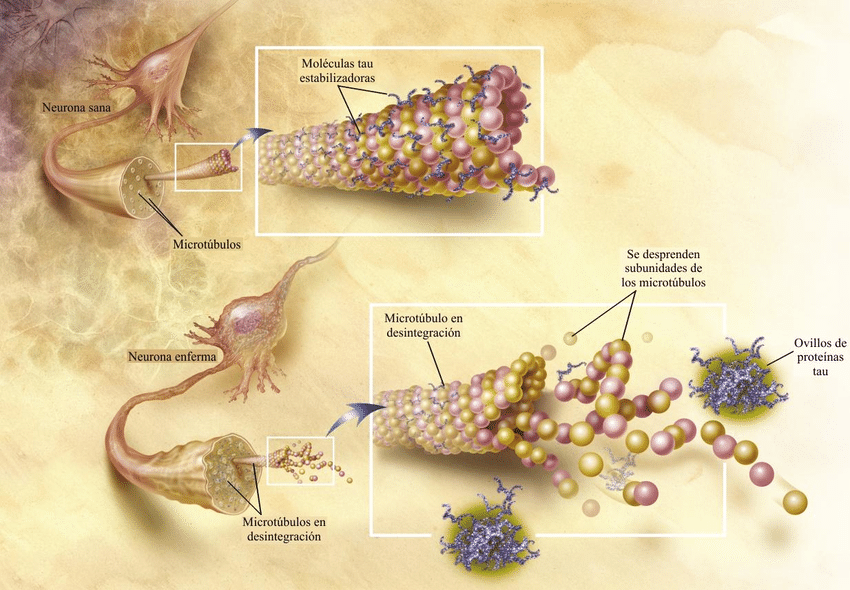
For the cause of the disease, genetic factors have its own roles. Along with at least three other genes, apolipoprotein E gene is one the major determinant in the risk of developing of AD. The pathologic hallmarks of AD includes neurofibrillary tangles “which contain the hyperphosphorylated form of the microtubular protein tau and extracellular plaques, which contain the peptide β-amyloid. β-Amyloid is cleaved from a larger protein, β-amyloid precursor protein, by the α, β, and γ secretases” ( Boughey, 2017 ). The presence of neurofibrillary tangles “signifies the failure of the neuron to properly maintain its cytoskeleton” (Munoz, 2017). A universal consequence of aging is caused by a small amount of neurofibrillary tangles. Nevertheless, the increasing number of the tangles promotes the development of the disease.

Another indication for AD is the senile plaques in patients’ brains which distort neuronal processes and consist the extracellular deposits of amyloid material. The density of senile plaque does not change along the increasing of age. The plaque-free status is switched in a short time period to a plaque-bearing status in a person’s brain and the cause of the change is unknown. However, AD is reinforced in the person when his or her plaque-bearing status is turned on. There are connections existed between AD and the densities of both plaques and tangles, but connections of the densities between plaques and tangles have not been proved yet.

Another role of genes in AD is that “several point mutations in the gene coding for β-APP on chromosome 21 are sufficient to cause early-onset autosomal dominant familial AD with complete penetrance” (Munoz, 2017). The mutations enlarge the produce of the short forms of β-amyloid which are less readily to aggregate than the long forms and able to cause the formation of plaques that serves as a signpost of the abnormality. Besides, individuals with Down’s syndrome carry an extra copy of chromosome 21 which assisting as the main constituent of the plaques that cause AD. Therefore, patients with Down’s syndrome have 100% chance to develop AD later in their lives. Other than the influence of genes, there are other nonbiological factors that affect the progress of AD which including age, gender, education, environmental exposure, lifestyle, and medical history.